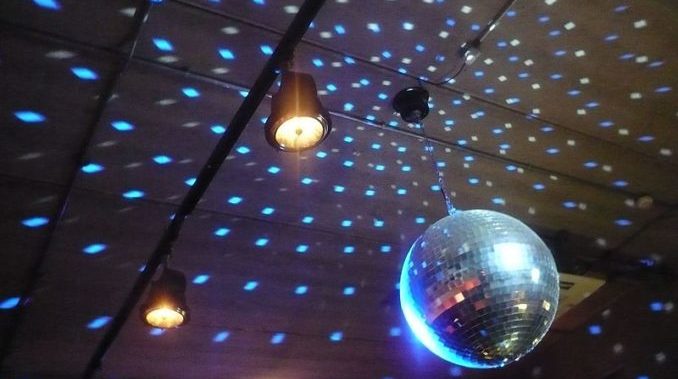
The events of the day, with the loss of one of the world’s great buildings, have the potential to depress. Worse still for those who read science fiction, because the great Gene Wolfe passed away today.
In counter to this news, I present… disco clams.
These are Ctenoides ales by scientific taxonomy, and they are found in some areas of the Pacific ocean, in tropical zones. For years, their bioluminescence was taken as a marvel of biology… until a graduate student challenged that assumption.
Lindsey Dougherty, a researcher at U.C. Berkeley, used lab equipment and some sample clams to demonstrate that it’s not biologically generated light at all… rather, it’s a row of incredibly tiny silicate spheres which are present on one of the two lips of the clam. The large quantity of microscopic spheres reflect available light to create a flashing electric effect, and then the thick outer lip covers them up. As the clam moves its lips back and forth, a strobe light effect is created.
Her groundbreaking paper was published here, at the Journal of the Royal Society.
In today’s information-flooded world, it can seem like there are almost no mysteries left… and sometimes all it takes to overturn accepted theory is for someone to make a methodical, thoughtful examination of it. But, more important than that… we’ve got video of disco clams.
Question of the night: What’s one of your favorite things about the 70s?
